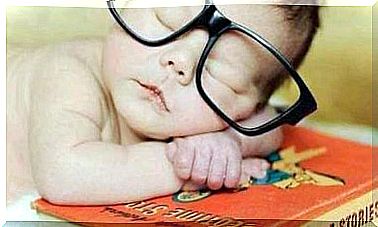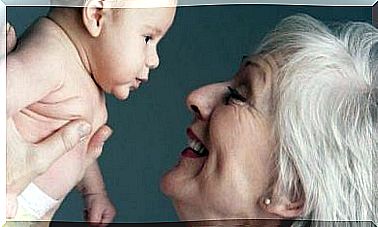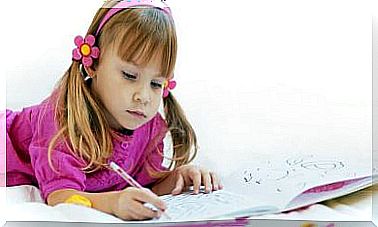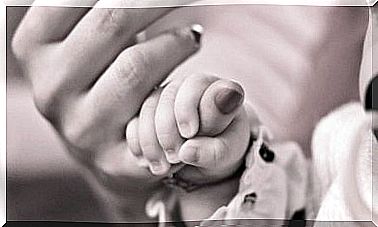Types Of Family According To Their Degree Of Cohesion

Each family unit is unique. The norms and way of relating between parents and children differ from one family to another. So there are several different types of family, depending on the aspect we are looking at.
One of the most important factors to be evaluated when trying to understand how a family works is the degree of cohesion. This aspect indicates the extent to which family members are involved with each other, how much they care about each other and help each other.
At first glance, a high degree of cohesion may seem desirable, as family love and support are essential elements. However, it is essential that each person’s freedom and autonomy are also allowed. In other words, each individual must be able to develop individually without feeling repressed by family ties.
Thus, we can say that the degree of cohesion is a continuum , at whose midpoint is virtue. Dependence on the family is negative and limiting. But, by the same token, extreme independence is also harmful. For this reason, families that are in between, that are interdependent, enjoy better relationships and greater well-being.
Family types according to their degree of cohesion
disengaged
This kind of family is on the edge of independence. Its members are very little involved with each other, spend little time together, and interactions between them are sparse. Demonstrations of affection hardly appear and the family is rarely sought out for support or guidance in decision-making.

Each person takes care of their own life, staying in separate spaces and with different interests. There is little emotional closeness and little loyalty. Independence and individuality prevail above all.
separate
This type is in one of the healthiest and central positions. In these families, there is a certain degree of loyalty and involvement with other members, even with displays of affection. But even so, personal separation and individual development continue to be encouraged.
Each member has different interests and leisure time is usually spent individually. However, there are also times of group recreation and shared family spaces. The boundaries between parents and children are clear, but everyone is emotionally close.
on
Connected families are one step ahead in closeness and emotional intimacy, but remain in a healthy place. In this type of family, loyalty is encouraged and showing affection is promoted.
It is considered important that each member is involved with the others, that the family is a central point of interest for everyone and that all opinions are taken into account when making decisions.
Sharing time, interests and activities are aspects that are encouraged and prioritized. Even personal friends are introduced and assimilated as family friends. But even so, each individual’s space and time are respected.
tangled
Finally, entangled families are at the opposite end of the continuum . That is, there is excessive dependency and attachment. Among the members of these nuclei, there is extreme emotional closeness and absolute involvement. The family is the main interest, loyalty is demanded and decisions are made based on the joint interest.

Most of the activities, time and space is shared and the privacy and individual development are hardly allowed. Furthermore, there is a lack of boundaries between parents and children, which can lead to unhealthy coalitions between them, and roles are not defined in a healthy way.
Satisfaction in different types of families
A healthy family is one that has a balance between attachment and detachment. It is one in which there is support, love and trust, but in which one’s free will is also promoted and allowed.
Deciding what kind of relationship will be established between the members is a decision of each family nucleus. However, it is important to understand that extreme positions can harm both parents and children.
Overly independent families can make members feel lonely, lacking in affection and a sense of belonging. But on the other hand, those with excessive attachment can restrict freedom and lead to harmful addictions. Therefore, we must try to find a healthy balance.









